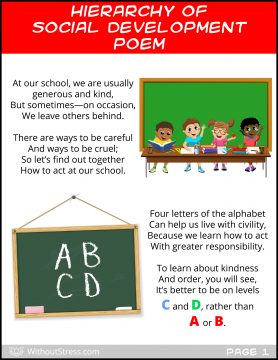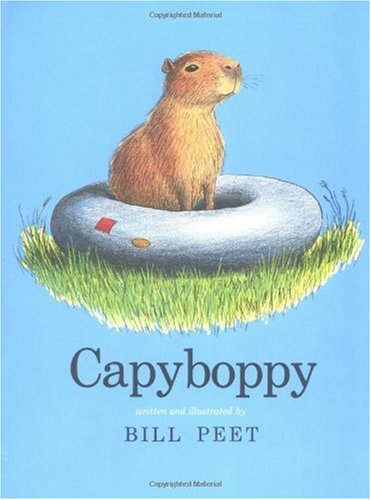Here’s a very simple picture book with a poignant message that can be appreciated by readers of any age. It’s brilliant!
Told in just 7 sentences it is the quintessential story of “what might have been.” It will touch your heart and inspire you to reach out to others!

Mr. Duck and Mr. Rabbit are neighbors.
Every day they pass––yet never once does either of them notice the other, let alone smile or say hello.
Day after day, season after season, good weather or bad, happy mood or sad, the two pass without so much as a word or a glance; each lost in his own thoughts.
We witness them…
rushing by,
strolling by,
biking by,
always … >>>
READ MORE >>> →







